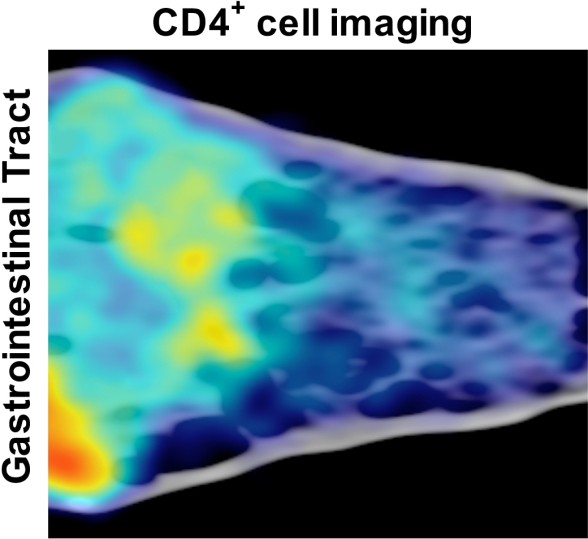NIH Scientists Redesign Neurons to Enable Targeted Therapies
New Receptors and Radioactively Labeled Molecules Could Provide Useful Tools for Research and Medicine
Genetically modifying neurons to enable scientists and clinicians to influence brain activity probably sounds like the stuff of science fiction. However, the technology has existed for more than a decade, allowing scientists to make important leaps in understanding how neurons communicate with one another in healthy individuals and those with psychological and neurological conditions. What’s more, recent improvements to these tools developed by researchers led by IRP investigator Mike Michaelides, Ph.D., may allow neurologists to use them to deliver drugs to just the right brain cells to treat those ailments effectively without the side effects caused by current treatments.



